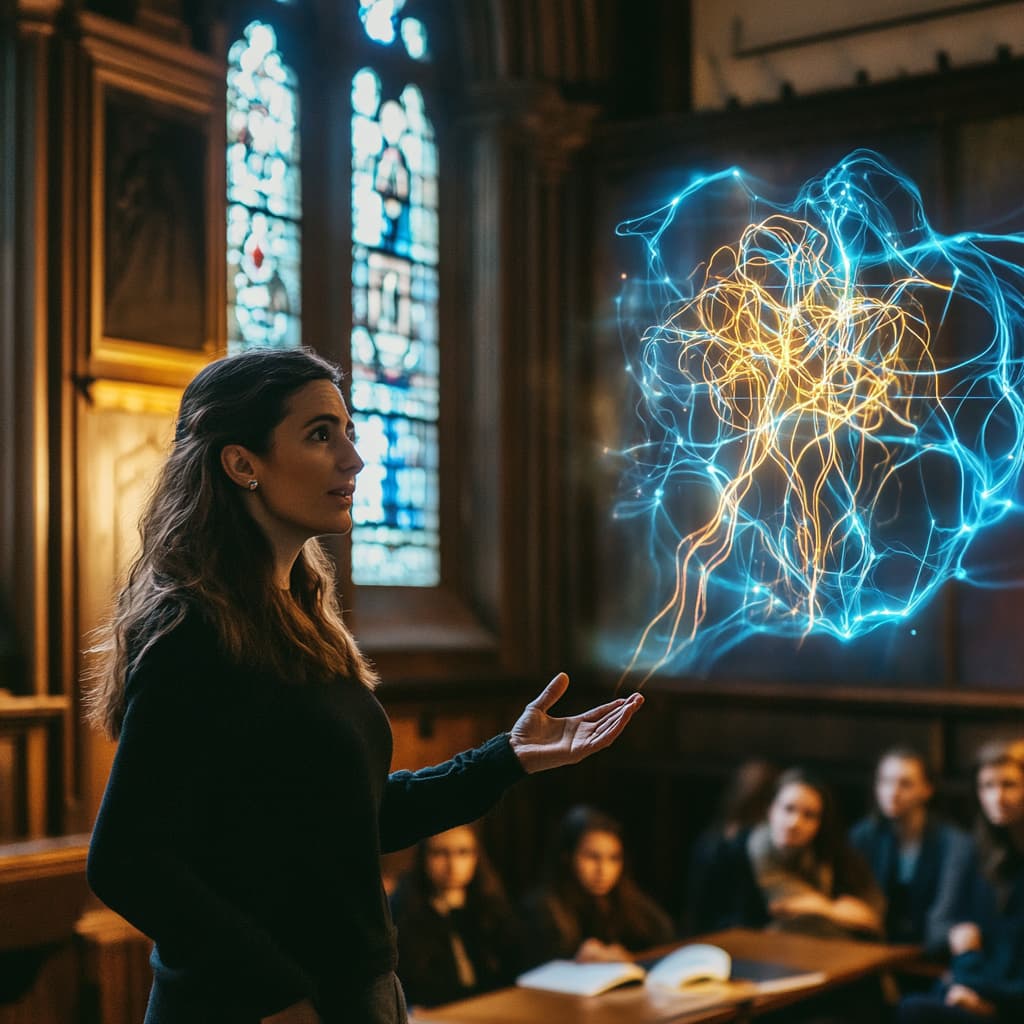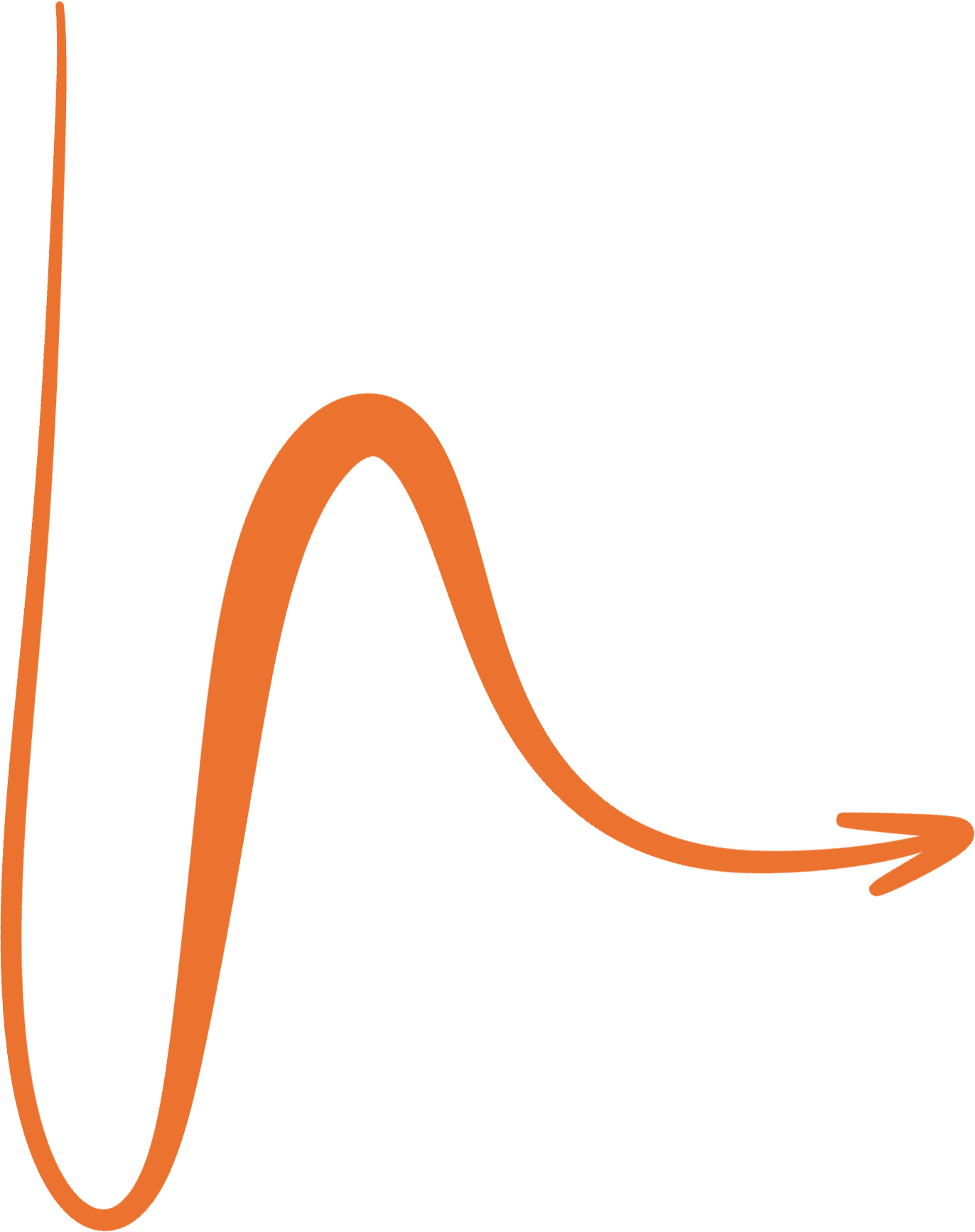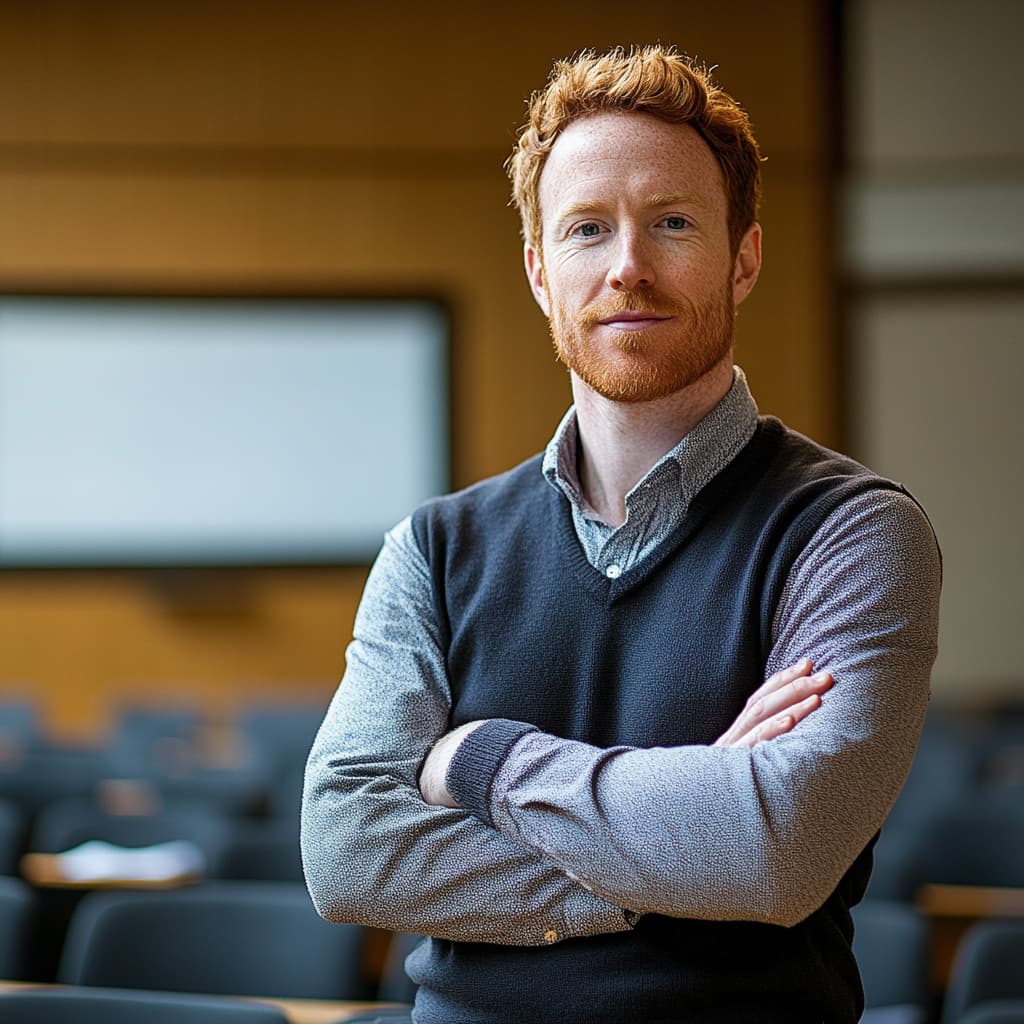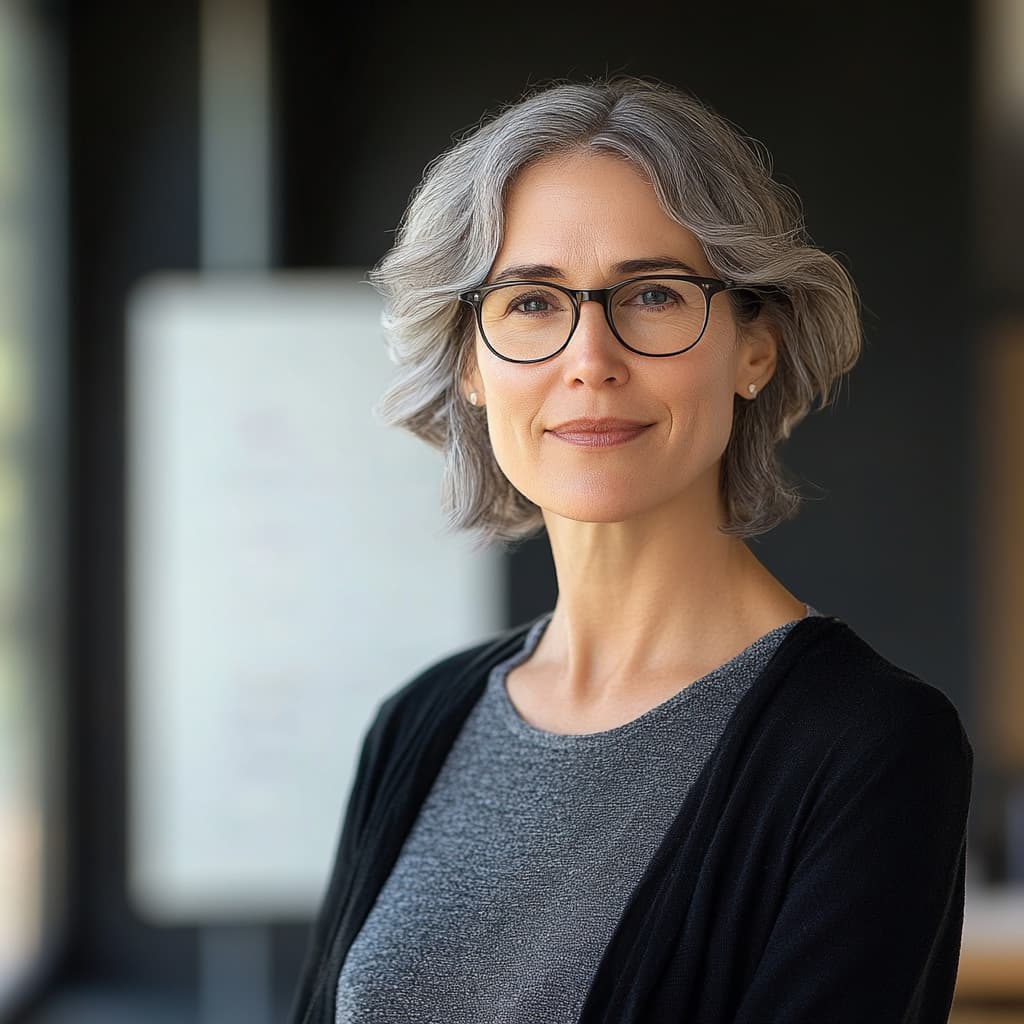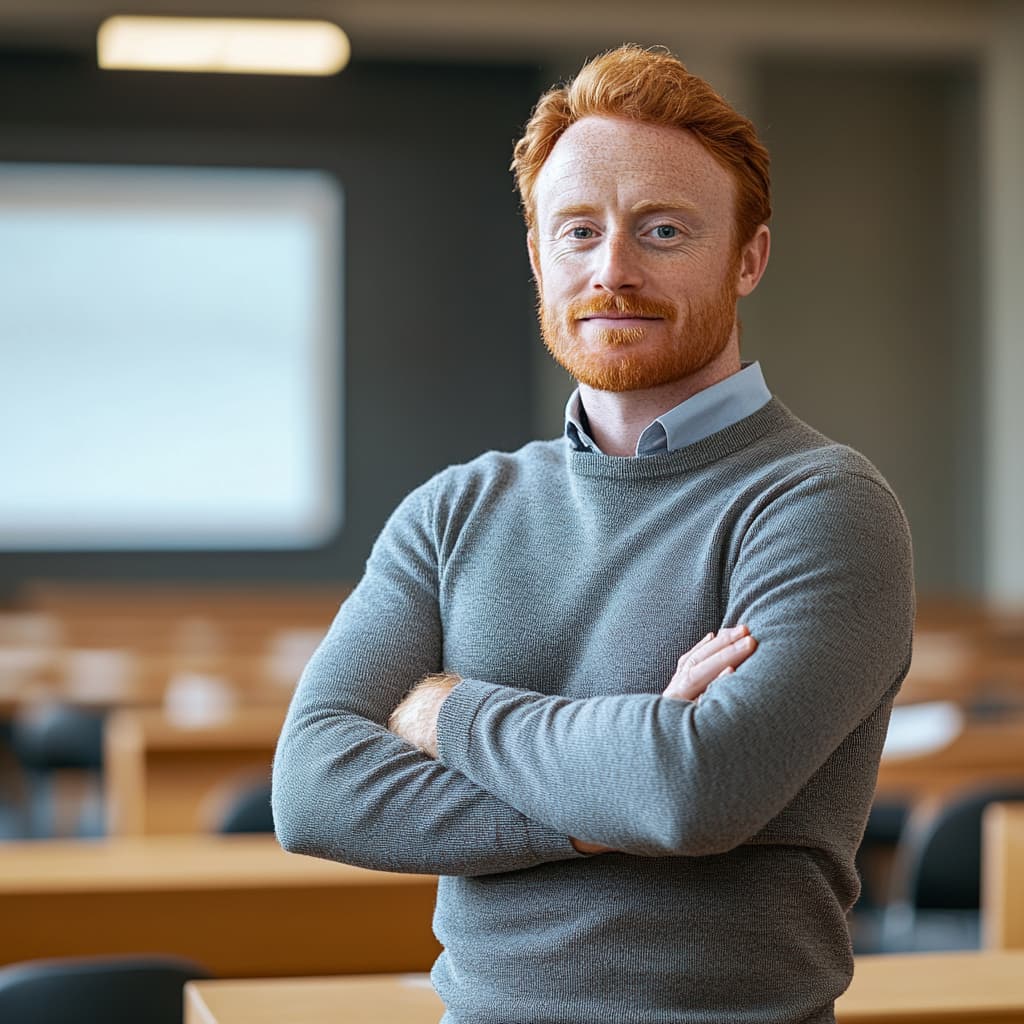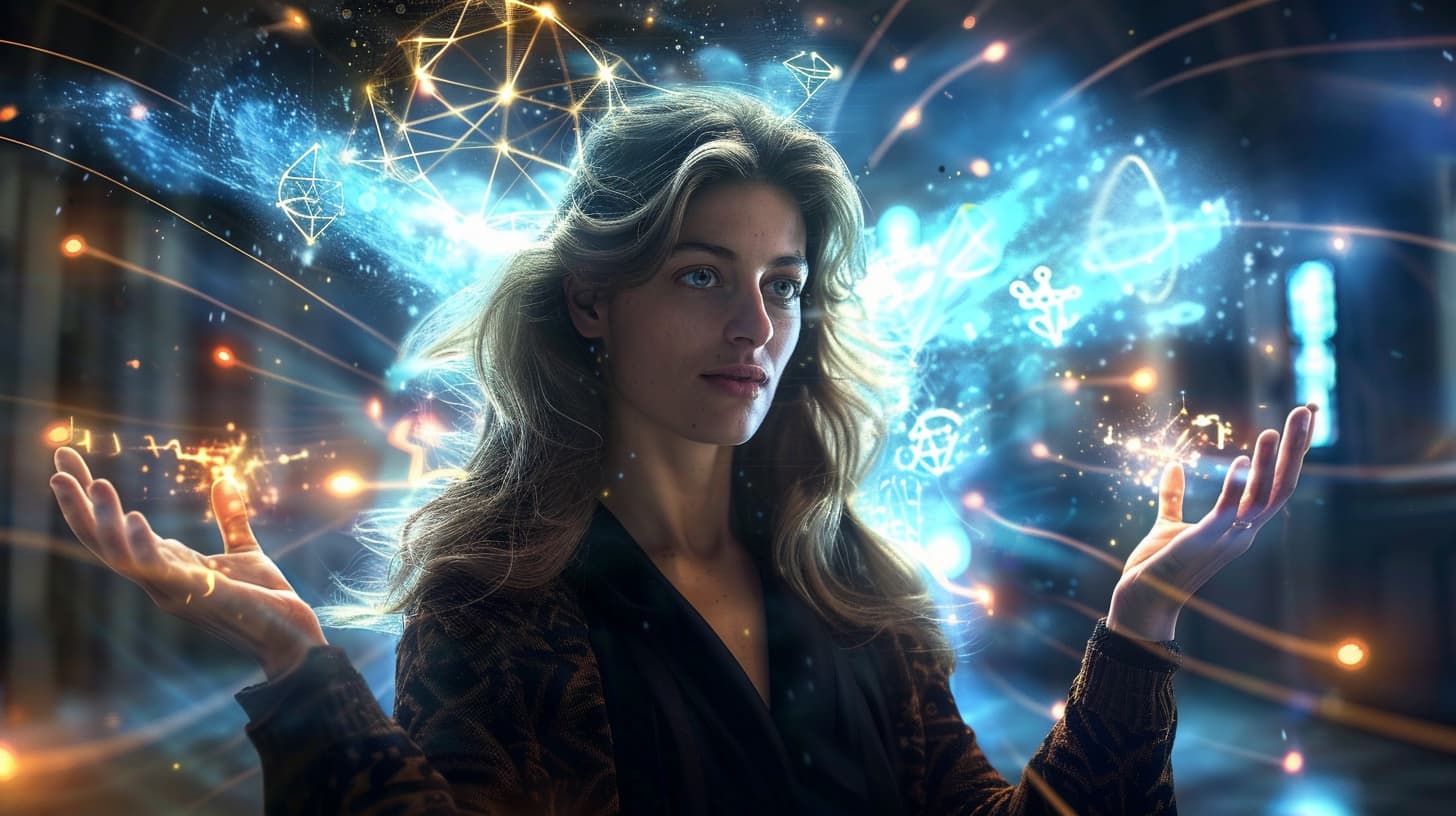
Welcome to Our Academic Community
Teaching of Synthesis: Philosophical, Psychological, Neuroscientific, and Quantum Foundations
Academic Presentation
(Integration of Spiritual and Scientific Approaches to Consciousness and Reality)
Research Objectives
 Integration of knowledge: To combine philosophical, psychological, neuroscientific, and quantum physics approaches to substantiate the Teaching of Synthesis — a holistic doctrine about consciousness and reality.
Integration of knowledge: To combine philosophical, psychological, neuroscientific, and quantum physics approaches to substantiate the Teaching of Synthesis — a holistic doctrine about consciousness and reality.
 Philosophical and scientific justification: To demonstrate the philosophical principles and scientific evidence supporting the key ideas of the Teaching of Synthesis (e.g., the role of consciousness in shaping reality).
Philosophical and scientific justification: To demonstrate the philosophical principles and scientific evidence supporting the key ideas of the Teaching of Synthesis (e.g., the role of consciousness in shaping reality).
 Identification of methods: To describe the main methods and practices of the Teaching of Synthesis (the Method of Stjazhanie, meditation, art therapy, etc.) and justify their effectiveness from the perspective of psychology and neuroscience.
Identification of methods: To describe the main methods and practices of the Teaching of Synthesis (the Method of Stjazhanie, meditation, art therapy, etc.) and justify their effectiveness from the perspective of psychology and neuroscience.
 Practical application: To demonstrate how these methods can be applied in educational settings (university case studies) and contribute to personal transformation and learning.
Practical application: To demonstrate how these methods can be applied in educational settings (university case studies) and contribute to personal transformation and learning.
Methodology
 Interdisciplinary analysis: The research is based on the synthesis of data from various disciplines — comparing philosophical texts, psychological theories, results of neuroscientific experiments, and interpretations from quantum physics.
Interdisciplinary analysis: The research is based on the synthesis of data from various disciplines — comparing philosophical texts, psychological theories, results of neuroscientific experiments, and interpretations from quantum physics.
 Qualitative and quantitative approaches: Qualitative analysis of philosophical and transpersonal descriptions of experiences (e.g., mystical states) and quantitative data (e.g., brain imaging studies of meditation, psychological assessments) were used.
Qualitative and quantitative approaches: Qualitative analysis of philosophical and transpersonal descriptions of experiences (e.g., mystical states) and quantitative data (e.g., brain imaging studies of meditation, psychological assessments) were used.
 Comparative method: Comparative analysis of traditional spiritual practices and modern therapeutic methods (e.g., meditation, holotropic breathing, art therapy) in terms of their effects on consciousness.
Comparative method: Comparative analysis of traditional spiritual practices and modern therapeutic methods (e.g., meditation, holotropic breathing, art therapy) in terms of their effects on consciousness.
 Practical cases: Pilot projects integrating meditative and art therapy practices into educational programs were analyzed for their effects on students (e.g., stress reduction, increased attentiveness, and creativity).
Practical cases: Pilot projects integrating meditative and art therapy practices into educational programs were analyzed for their effects on students (e.g., stress reduction, increased attentiveness, and creativity).
Core Concepts of the Teaching of Synthesis
 Method of Stjazhanie: A specific spiritual practice aimed at “acquiring” or integrating higher states of consciousness. In the Teaching of Synthesis, stjazhanie refers to the transformation of internal human experience towards achieving a new wholeness of being . It echoes the idea of “acquiring the Holy Spirit” in Christian mysticism and involves self-discipline and personal self-organization in the quest for spiritual wholeness.
Method of Stjazhanie: A specific spiritual practice aimed at “acquiring” or integrating higher states of consciousness. In the Teaching of Synthesis, stjazhanie refers to the transformation of internal human experience towards achieving a new wholeness of being . It echoes the idea of “acquiring the Holy Spirit” in Christian mysticism and involves self-discipline and personal self-organization in the quest for spiritual wholeness.
 Communication with IVFather (the Source of All Being): A mystical dialogue or connection with the Primordial Supreme Father — the ultimate source of being and consciousness . This concept parallels experiences of union with the Absolute or God described in various spiritual traditions. Psychologically, it can be understood as a transpersonal experience of connecting with the Higher Self or Universal Mind (Grof, 2000).
Communication with IVFather (the Source of All Being): A mystical dialogue or connection with the Primordial Supreme Father — the ultimate source of being and consciousness . This concept parallels experiences of union with the Absolute or God described in various spiritual traditions. Psychologically, it can be understood as a transpersonal experience of connecting with the Higher Self or Universal Mind (Grof, 2000).
 Art Therapy: Creative self-expression (drawing, music, dance) as a means of therapy and spiritual growth. In the Teaching of Synthesis, art therapy is a method of revealing deeper layers of consciousness through symbols and imagery. Studies confirm that creative activity lowers stress and aids emotional integration (e.g., cortisol reduction after art making (Kaimal et al., 2016)).
Art Therapy: Creative self-expression (drawing, music, dance) as a means of therapy and spiritual growth. In the Teaching of Synthesis, art therapy is a method of revealing deeper layers of consciousness through symbols and imagery. Studies confirm that creative activity lowers stress and aids emotional integration (e.g., cortisol reduction after art making (Kaimal et al., 2016)).
 Meditation: A practice of attention and awareness training that leads to altered states of consciousness. Meditation plays a central role in both transpersonal psychology and the Teaching of Synthesis as a tool for exploring the inner world. Scientific data show that regular meditation enhances emotional regulation and changes brain structure (Davidson et al., 2018; Lazar et al., 2005). In the Teaching of Synthesis, meditation also serves to connect with higher levels of consciousness.
Meditation: A practice of attention and awareness training that leads to altered states of consciousness. Meditation plays a central role in both transpersonal psychology and the Teaching of Synthesis as a tool for exploring the inner world. Scientific data show that regular meditation enhances emotional regulation and changes brain structure (Davidson et al., 2018; Lazar et al., 2005). In the Teaching of Synthesis, meditation also serves to connect with higher levels of consciousness.
 Transpersonal Psychology: A psychological discipline studying altered states of consciousness and experiences beyond the ego. The Teaching of Synthesis incorporates the principles of transpersonal psychology, acknowledging the reality of spiritual experience. For example, S. Grof developed a cartography of expanded states of consciousness and proved the therapeutic value of holotropic experiences (Grof, 2000). K. Wilber proposed an integral model combining material and spiritual dimensions (Wilber, 2016).
Transpersonal Psychology: A psychological discipline studying altered states of consciousness and experiences beyond the ego. The Teaching of Synthesis incorporates the principles of transpersonal psychology, acknowledging the reality of spiritual experience. For example, S. Grof developed a cartography of expanded states of consciousness and proved the therapeutic value of holotropic experiences (Grof, 2000). K. Wilber proposed an integral model combining material and spiritual dimensions (Wilber, 2016).
 Transformation of Reality through Inner Consciousness: A core idea stating that changes in inner consciousness lead to transformations in external reality. The Teaching of Synthesis asserts that internal spiritual changes are reflected outwardly — a principle resonant with the observer effect in quantum physics, where the act of measurement (observation) alters the physical system.
Transformation of Reality through Inner Consciousness: A core idea stating that changes in inner consciousness lead to transformations in external reality. The Teaching of Synthesis asserts that internal spiritual changes are reflected outwardly — a principle resonant with the observer effect in quantum physics, where the act of measurement (observation) alters the physical system.
Scientific Justifications and Evidence
 Philosophy and Integral Approach: The philosophical foundations of the Teaching of Synthesis are rooted in the idea of unity and a single source of being. The concept of the noosphere by V.I. Vernadsky and P. Teilhard de Chardin proposes a planetary layer of consciousness uniting humanity. Modern integral philosophers like Ken Wilber argue for the synthesis of different fields of knowledge to understand consciousness (Wilber, 2016).
Philosophy and Integral Approach: The philosophical foundations of the Teaching of Synthesis are rooted in the idea of unity and a single source of being. The concept of the noosphere by V.I. Vernadsky and P. Teilhard de Chardin proposes a planetary layer of consciousness uniting humanity. Modern integral philosophers like Ken Wilber argue for the synthesis of different fields of knowledge to understand consciousness (Wilber, 2016).
 Transpersonal Psychology and Consciousness Experience: Extensive empirical material confirms the reality of expanded states of consciousness. Grof’s research using holotropic breathing and psychedelic therapy shows that people in altered states experience archetypal imagery, feelings of cosmic unity, and encounters with “higher intelligence” .
Transpersonal Psychology and Consciousness Experience: Extensive empirical material confirms the reality of expanded states of consciousness. Grof’s research using holotropic breathing and psychedelic therapy shows that people in altered states experience archetypal imagery, feelings of cosmic unity, and encounters with “higher intelligence” .
 Neuroscience of Meditation and Spiritual Practices: Modern neuroimaging studies demonstrate that conscious practices significantly alter brain activity and structure: amygdala reactivity decreases (less stress), and connectivity between areas responsible for attention and self-regulation strengthens (Davidson et al., 2018).
Neuroscience of Meditation and Spiritual Practices: Modern neuroimaging studies demonstrate that conscious practices significantly alter brain activity and structure: amygdala reactivity decreases (less stress), and connectivity between areas responsible for attention and self-regulation strengthens (Davidson et al., 2018).
 Quantum Physics and the Nature of Consciousness: The observer effect in quantum experiments (e.g., the double-slit experiment) suggests that conscious observation influences physical phenomena (Wheeler, 1983; Wigner, 1961). Some scientists argue that consciousness must be included in quantum mechanics models (Wigner, 1961).
Quantum Physics and the Nature of Consciousness: The observer effect in quantum experiments (e.g., the double-slit experiment) suggests that conscious observation influences physical phenomena (Wheeler, 1983; Wigner, 1961). Some scientists argue that consciousness must be included in quantum mechanics models (Wigner, 1961).
 Psychosomatic Effects: Documented cases show that the psyche influences the physical body, aligning with the Teaching of Synthesis. The placebo effect, where belief in healing leads to real physiological improvements, is supported by numerous clinical studies (Benson, 1975).
Psychosomatic Effects: Documented cases show that the psyche influences the physical body, aligning with the Teaching of Synthesis. The placebo effect, where belief in healing leads to real physiological improvements, is supported by numerous clinical studies (Benson, 1975).
Developed Methods and University Case Studies
 Incorporating Meditation Practices into Education: Short daily mindfulness sessions improve concentration, memory, and reduce student anxiety (Mrazek et al., 2013; Shapiro et al., 2011).
Incorporating Meditation Practices into Education: Short daily mindfulness sessions improve concentration, memory, and reduce student anxiety (Mrazek et al., 2013; Shapiro et al., 2011).
 Art Therapy in Universities: 6-week art therapy programs reduce depression and academic stress among first-year students (Ng et al., 2018).
Art Therapy in Universities: 6-week art therapy programs reduce depression and academic stress among first-year students (Ng et al., 2018).
 Transpersonal Practices and Education: Courses on transpersonal psychology explore meditation, breathing practices, and expanded states of consciousness scientifically (Grof, 2000).
Transpersonal Practices and Education: Courses on transpersonal psychology explore meditation, breathing practices, and expanded states of consciousness scientifically (Grof, 2000).
 Case Study – “Consciousness and Quantum Physics”: Interdisciplinary seminars combining physics, philosophy, and psychology stimulate critical thinking about the mind-matter relationship (Smith et al., 2019).
Case Study – “Consciousness and Quantum Physics”: Interdisciplinary seminars combining physics, philosophy, and psychology stimulate critical thinking about the mind-matter relationship (Smith et al., 2019).
Conclusions
 Teaching of Synthesis as a Paradigm: A holistic paradigm uniting spiritual and scientific views on consciousness and reality.
Teaching of Synthesis as a Paradigm: A holistic paradigm uniting spiritual and scientific views on consciousness and reality.
 Validation of Core Ideas: Scientific data support the Teaching’s claims — from deep psychology to quantum physics.
Validation of Core Ideas: Scientific data support the Teaching’s claims — from deep psychology to quantum physics.
 Practical Relevance: Methods like meditation and art therapy positively impact personal development, mental health, and cognitive functions.
Practical Relevance: Methods like meditation and art therapy positively impact personal development, mental health, and cognitive functions.
 Prospects for Research: Further interdisciplinary studies in quantum cognition, neurophysiology of spiritual states, and philosophy of mind are needed.
Prospects for Research: Further interdisciplinary studies in quantum cognition, neurophysiology of spiritual states, and philosophy of mind are needed.
 Final Conclusion: Academic examination shows that the Teaching of Synthesis can be integrated into the scientific context without losing its depth. A synthesis of philosophy, psychology, neuroscience, and physics enriches both science and human evolution.
Final Conclusion: Academic examination shows that the Teaching of Synthesis can be integrated into the scientific context without losing its depth. A synthesis of philosophy, psychology, neuroscience, and physics enriches both science and human evolution.
References
 Benson, H. (1975). The Relaxation Response. New York: Morrow.
Benson, H. (1975). The Relaxation Response. New York: Morrow.
 Davidson, R. J., et al. (2018). Impact of short- and long-term mindfulness meditation training on amygdala reactivity to emotional stimuli. NeuroImage, 181, 301–313.
Davidson, R. J., et al. (2018). Impact of short- and long-term mindfulness meditation training on amygdala reactivity to emotional stimuli. NeuroImage, 181, 301–313.
 Grof, S. (2000). Psychology of the Future: Lessons from Modern Consciousness Research. Albany: SUNY Press.
Grof, S. (2000). Psychology of the Future: Lessons from Modern Consciousness Research. Albany: SUNY Press.
 Kaimal, G., Ray, K., & Muniz, J. (2016). Reduction of cortisol levels and participants’ responses following art making. Art Therapy, 33(2), 74–80.
Kaimal, G., Ray, K., & Muniz, J. (2016). Reduction of cortisol levels and participants’ responses following art making. Art Therapy, 33(2), 74–80.
 Maslow, A. (1969). The farther reaches of human nature. Journal of Transpersonal Psychology, 1(1), 1–9.
Maslow, A. (1969). The farther reaches of human nature. Journal of Transpersonal Psychology, 1(1), 1–9.
 Mrazek, M. D., Franklin, M. S., et al. (2013). Mindfulness training improves working memory capacity and GRE performance while reducing mind wandering. Psychological Science, 24(5), 776–781.
Mrazek, M. D., Franklin, M. S., et al. (2013). Mindfulness training improves working memory capacity and GRE performance while reducing mind wandering. Psychological Science, 24(5), 776–781.
 Schwartz, J. M., Stapp, H. P., & Beauregard, M. (2005). Quantum physics in neuroscience and psychology: a neurophysical model of mind–brain interaction. Philosophical Transactions of the Royal Society B, 360(1458), 1309–1327.
Schwartz, J. M., Stapp, H. P., & Beauregard, M. (2005). Quantum physics in neuroscience and psychology: a neurophysical model of mind–brain interaction. Philosophical Transactions of the Royal Society B, 360(1458), 1309–1327.
 Wilber, K. (2016). Integral Meditation: Mindfulness as a Way to Grow Up, Wake Up, and Show Up in Your Life. Boston: Shambhala.
Wilber, K. (2016). Integral Meditation: Mindfulness as a Way to Grow Up, Wake Up, and Show Up in Your Life. Boston: Shambhala.
 Wigner, E. P. (1961). Remarks on the mind-body question. Symmetries and Reflections, Indo-American Press.
Wigner, E. P. (1961). Remarks on the mind-body question. Symmetries and Reflections, Indo-American Press.
 Vernadsky, V. I. (1944). A Few Words about the Noosphere. Proceedings of the USSR Academy of Sciences (Geology series), No. 5.
Vernadsky, V. I. (1944). A Few Words about the Noosphere. Proceedings of the USSR Academy of Sciences (Geology series), No. 5.
“Real-Life Questions — Professor’s Answers for Everyday Health Wisdom”
A practicing Synthesis philosopher with a medical background regularly answers participants’ questions, blending a scientific perspective with attunement practices and art therapy.

Years of Educational

Successful Graduates

Expert Faculty Members

Partnerships & Collaborations
Our Expert Lecturer
Lorem ipsum dolor sit amet consectetur adipiscing elit praesent ultricies element massa malesuada posuere sed.
Have Questions? Contact LearnHub Admissions Now!
Frequently Asked Questions
